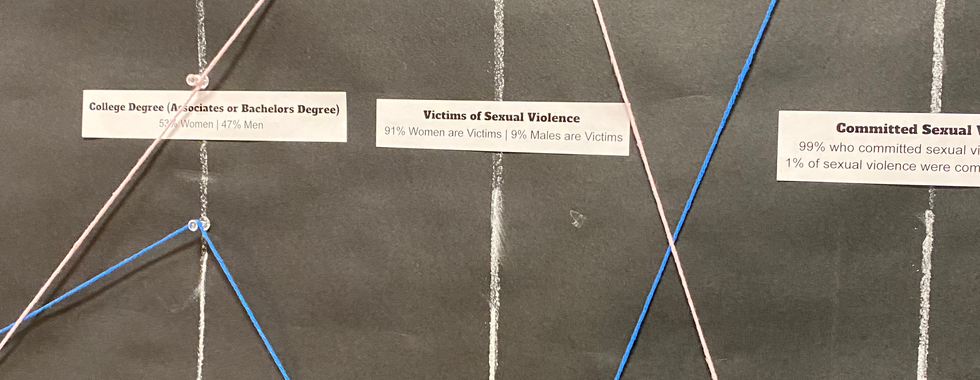Mapping Social Inequality
- Mana Academy

- Nov 10, 2022
- 1 min read
In our World History class, our 10th grade scholars learned about the Rise of Classical Societies. In a previous unit, they learned about the first humans who migrated out of Africa to the Fertile Crescent, ceased hunting and gathering, evolved into an agrarian society and formed the first civilization. In this unit, they analyzed the features of classical societies that grew out of those civilizations, namely the innovative development of institutions such as government, religion, education, trade and commerce and militarism, but also setbacks such as social inequality. Our scholars were tasked with researching social inequality today drawing from 2020 census data and other data sets, comparing and contrasting the data to social inequality in classical societies, and wrote a timed essay analyzing the data sets and explain with evidence how the inequality harms and/or harms the groups that are affected. They also created a data wall to share their findings on social equality in modern society with the rest of the campus.
(World History Strand 2: The Rise of Classical Societies, standards 2.1, 2.2, 2.3, 2.4, 2.5)


















































Comments